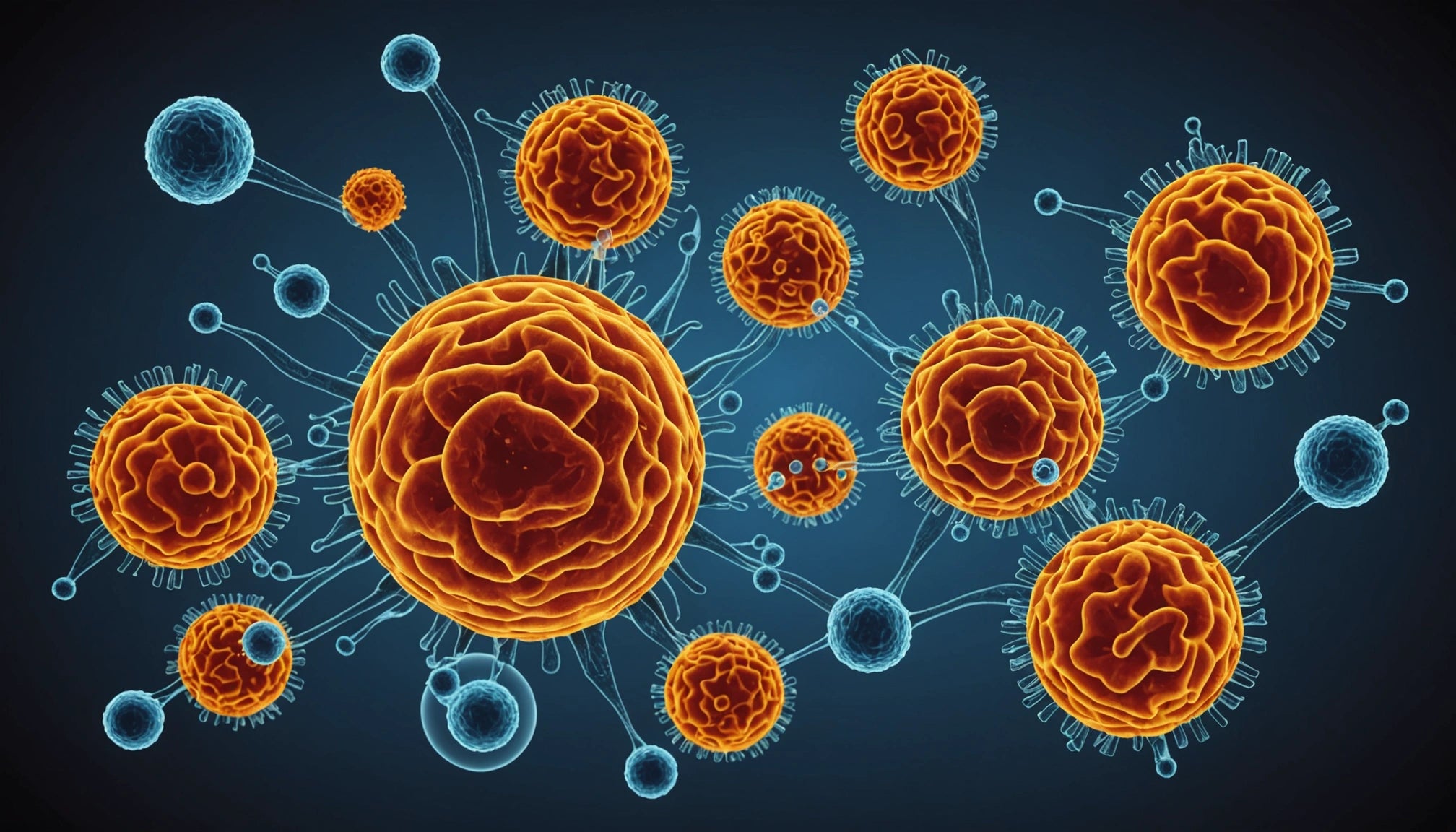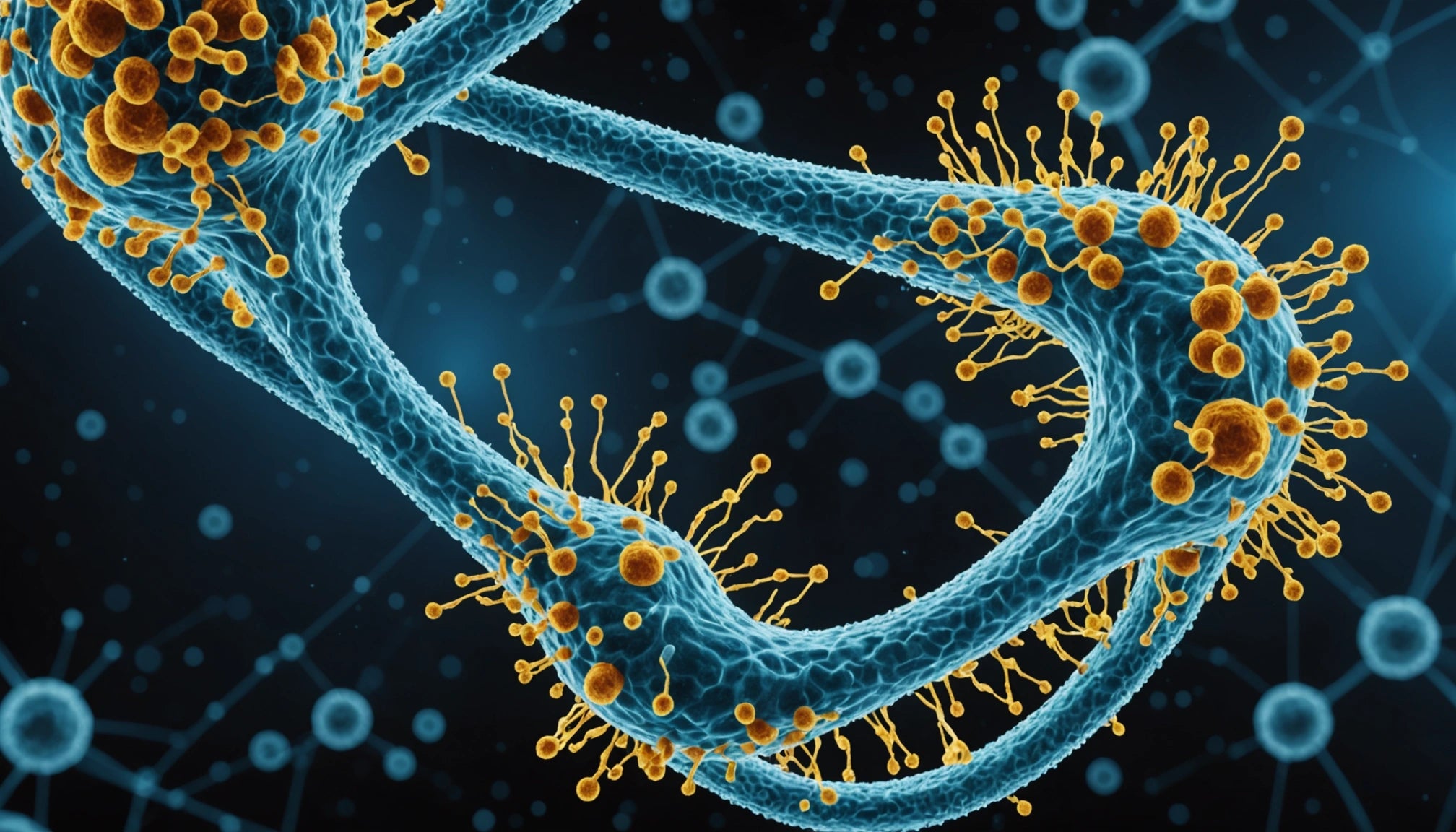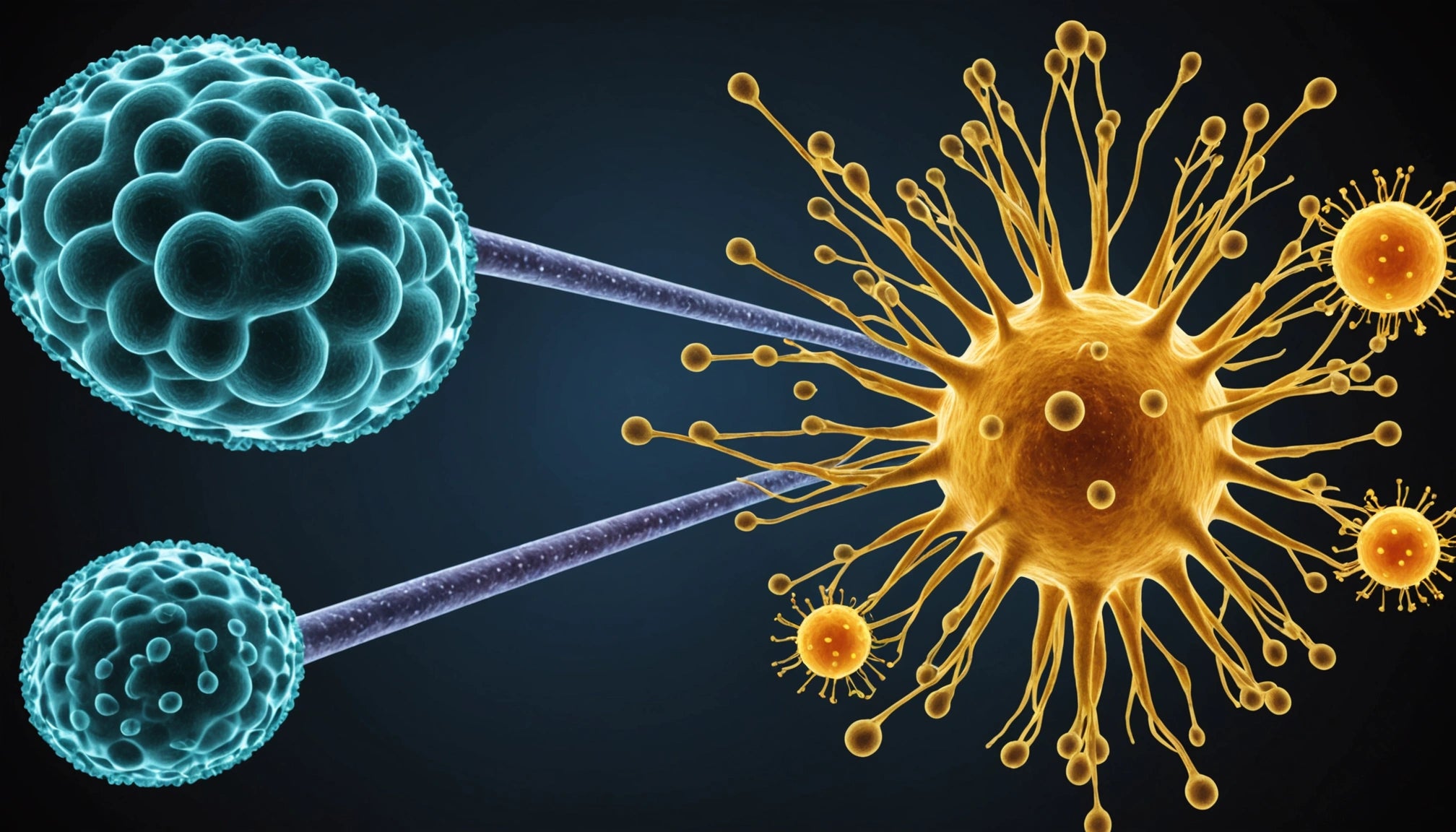
Compare MSC conditioned media vs Human Platelet Extract

In the field of regenerative medicine and tissue engineering, the comparison between Mesenchymal Stem Cell (MSC) conditioned media and Human Platelet Extract (HPE) is a topic of significant interest. Both MSC conditioned media and HPE contain a variety of bioactive molecules that play crucial roles in promoting tissue repair and regeneration. While MSC conditioned media harnesses the paracrine effects of stem cells to deliver a cocktail of growth factors, cytokines, and extracellular vesicles, Human Platelet Extract leverages the rich content of growth factors and proteins derived from platelets to stimulate wound healing and tissue regeneration. Understanding the differences in the composition, mechanisms of action, and therapeutic potentials of these two biological products is essential for optimizing their application in various clinical settings. This comparative analysis not only sheds light on their efficacy in promoting tissue regeneration but also provides insights into their potential synergistic effects when used in combination therapies.
Composition
Components of MSC Conditioned Media
Components of Human Platelet Extract
In this section of the blog, we will delve into the complex world of regenerative medicine by examining the composition of MSC conditioned media and Human Platelet Extract. These elements play a pivotal role in modern healthcare, offering promising prospects in the field of tissue regeneration and healing.
Components of MSC Conditioned Media:
MSC (Mesenchymal Stem Cells) conditioned media is a rich source of bioactive molecules that are secreted by the stem cells. These molecules include growth factors, cytokines, chemokines, and extracellular vesicles. Each component plays a unique role in modulating the microenvironment and promoting tissue repair. For instance, growth factors such as VEGF (Vascular Endothelial Growth Factor) stimulate angiogenesis, while cytokines like TGF-beta (Transforming Growth Factor-beta) regulate immune responses and cell proliferation. Additionally, the extracellular vesicles released by MSCs have been shown to possess regenerative properties by transferring proteins, lipids, and nucleic acids to recipient cells, influencing various cellular processes.
Components of Human Platelet Extract:
Human Platelet Extract is derived from concentrated platelets found in human blood. Platelets contain a myriad of growth factors such as PDGF (Platelet-Derived Growth Factor), EGF (Epidermal Growth Factor), and IGF (Insulin-like Growth Factor). These growth factors are crucial for wound healing and tissue regeneration processes. When applied to injured tissues, Human Platelet Extract accelerates the healing process by promoting cell migration, proliferation, and differentiation. Furthermore, the bioactive molecules present in platelets not only aid in tissue repair but also contribute to anti-inflammatory responses, supporting a balanced healing environment.
The intricate composition of MSC conditioned media and Human Platelet Extract underscores their immense therapeutic potential in regenerative medicine. By harnessing the power of these bioactive components, researchers and healthcare professionals are paving the way for innovative treatments that aim to restore health and vitality in patients. As the field of regenerative medicine continues to advance, the exploration of these components opens doors to novel therapeutic strategies and personalized medicine approaches, promising new avenues for improved patient outcomes and quality of life. Stay tuned for our upcoming articles as we delve deeper into the fascinating world of regenerative medicine and its transformative impact on healthcare.
Preparation Process
MSC Conditioned Media Preparation
Step 1: Collection of MSC Culture Supernatant.
- MSCs, also known as mesenchymal stem cells, are cultured in a suitable growth medium until they reach the desired confluency. These cells are known for their ability to secrete a variety of bioactive molecules that can influence cell behavior.
- The culture supernatant containing the secreted factors is carefully collected to avoid contamination. These factors include cytokines, growth factors, and extracellular vesicles that play crucial roles in cell communication and tissue repair.
Step 2: Centrifugation.
- The collected culture supernatant is centrifuged at specific speeds and times to remove cell debris, organelles, and other insoluble particles. This step ensures that the final conditioned media is free from cellular remnants.
Step 3: Filtration.
- Subsequently, the supernatant undergoes filtration through a sterile filter with a pore size small enough to remove any remaining impurities while allowing the passage of the desired factors. This process is essential for ensuring the purity of the conditioned media.
Step 4: Concentration and Storage.
- The MSC conditioned media is then concentrated, if necessary, to enhance the bioactive factor content per volume. It is then aliquoted into suitable containers and stored at recommended temperatures to maintain its stability and effectiveness over time.
Human Platelet Extract Preparation
Step 1: Collection of Blood.
- Human Platelet Extract is derived from the blood of human donors using aseptic techniques to prevent contamination and ensure safety.
Step 2: Centrifugation and Isolation of Platelet-Rich Plasma (PRP).
- The collected blood is processed through centrifugation to separate its components based on density. This process isolates the Platelet-Rich Plasma (PRP) layer, which contains a high concentration of platelets known for their role in wound healing and tissue regeneration.
Step 3: Activation of Platelets.
- The isolated platelets are then activated through various methods, such as the addition of calcium chloride or thrombin. This activation triggers the release of growth factors, cytokines, and other bioactive molecules from the platelets.
Step 4: Filtration, Sterilization, and Storage.
- The activated platelet extract undergoes filtration and sterilization to remove impurities and pathogens, ensuring its safety for therapeutic use. The purified extract is then stored under recommended conditions to preserve its biological activity and efficacy.
Applications
Common Uses of MSC Conditioned Media
-
Accelerating Wound Healing: MSC conditioned media has been extensively researched for its ability to accelerate wound healing by promoting the regeneration of skin cells and enhancing the overall healing process.
-
Anti-Inflammatory Properties: The anti-inflammatory effects of MSC conditioned media have shown significant promise in managing conditions such as arthritis and inflammatory bowel disease, where inflammation plays a key role in disease progression.
-
Tissue Repair and Regeneration: Research suggests that MSC conditioned media can effectively promote tissue repair and regeneration, offering potential therapeutic benefits for various conditions that involve tissue damage.
Common Uses of Human Platelet Extract
-
Orthopedic Injuries Recovery: Human platelet extract is commonly utilized in orthopedic injuries to facilitate faster healing, reduce pain, and alleviate inflammation, aiding in the recovery process and improving patient outcomes.
-
Enhancing Skin Rejuvenation: Platelet extract is a popular choice in cosmetic procedures for skin rejuvenation due to its ability to stimulate collagen production, improve skin texture, and promote overall skin health and vitality.
-
Promoting Hair Growth and Thickness: With its ability to stimulate hair follicles and enhance hair growth, platelet extract has emerged as a promising solution for individuals experiencing hair loss or seeking to improve the thickness and quality of their hair.
Expanded Applications
In addition to the aforementioned uses, MSC conditioned media and human platelet extract have garnered attention for their potential applications in various medical fields. MSC conditioned media holds promise in the treatment of autoimmune diseases, neurological disorders, and cardiovascular conditions, showcasing its versatility beyond traditional wound healing and tissue regeneration. On the other hand, human platelet extract is being explored for its role in improving the outcomes of surgical procedures, such as plastic surgery and dental implants, by enhancing tissue healing and reducing post-operative complications.
These innovative bioactive products continue to revolutionize the medical landscape, offering new avenues for personalized medicine and regenerative therapies that harness the natural healing properties of the human body.
Recent Advancements in Applications of MSC Conditioned Media and Human Platelet Extract
In recent years, research and clinical trials have further expanded the applications of MSC conditioned media and human platelet extract in the field of regenerative medicine. Studies have demonstrated the potential of MSC conditioned media in promoting nerve regeneration, making it a promising candidate for treating nerve injuries and neurodegenerative disorders. Additionally, ongoing research is exploring the use of human platelet extract in enhancing the success rates of organ transplant procedures by modulating the immune response and promoting tissue acceptance.
Furthermore, the combination of MSC conditioned media and human platelet extract has shown synergistic effects in promoting tissue regeneration and reducing scarring in patients undergoing reconstructive surgeries. This dual approach leverages the regenerative properties of both bioactive products to enhance the overall healing process and improve patient outcomes.
Future Directions and Implications
As the field of regenerative medicine continues to evolve, the applications of MSC conditioned media and human platelet extract are expected to expand further. Future research may focus on optimizing the production methods and delivery mechanisms of these bioactive products to enhance their efficacy and safety profiles. Moreover, the development of personalized treatment protocols tailored to individual patient needs could pave the way for more targeted and efficient regenerative therapies.
The versatile applications of MSC conditioned media and human platelet extract underscore their potential in revolutionizing the field of regenerative medicine and personalized healthcare. These innovative bioactive products offer a glimpse into the future of medical interventions, where harnessing the body's natural healing mechanisms can lead to enhanced patient outcomes and improved quality of life.
Efficacy & Safety Profile
Effectiveness and Safety Considerations of MSC Conditioned Media
In recent years, Mesenchymal Stem Cell (MSC) conditioned media has gained attention in the field of regenerative medicine due to its potential therapeutic properties. This section will delve into the effectiveness and safety considerations associated with the use of MSC conditioned media. We will explore its mechanism of action, evidence of efficacy in preclinical and clinical studies, as well as any reported safety concerns.
Effectiveness and Safety Considerations of Human Platelet Extract
Human Platelet Extract (HPE) is another promising biologic used in various medical applications, particularly in wound healing and tissue regeneration. This section will focus on discussing the efficacy and safety profile of HPE, including its mechanisms of action, clinical effectiveness, and safety data from studies. By evaluating the efficacy and safety profiles of both MSC conditioned media and Human Platelet Extract, we aim to provide a comprehensive overview of these biologics' potential in regenerative medicine.
Comparative Analysis of Efficacy
When comparing the efficacy of MSC conditioned media and Human Platelet Extract, it is essential to consider their respective impacts on tissue repair and regeneration. MSC conditioned media contains a myriad of bioactive molecules secreted by MSCs, such as growth factors, cytokines, and extracellular vesicles, which play crucial roles in modulating cellular processes involved in tissue healing. On the other hand, Human Platelet Extract harnesses the regenerative potential of platelets, which are rich in growth factors like platelet-derived growth factor (PDGF) and transforming growth factor-beta (TGF-β) that stimulate tissue repair mechanisms.
Safety Profiles and Clinical Applications
In terms of safety, both MSC conditioned media and Human Platelet Extract have demonstrated favorable safety profiles in various studies. MSC conditioned media, being cell-free, eliminates the risk of teratoma formation associated with stem cell therapies, making it a safer alternative for regenerative treatments. Similarly, Human Platelet Extract, derived from autologous sources, minimizes the risk of immunogenic reactions or disease transmission, enhancing its safety profile for clinical use.
Future Directions and Research Opportunities
As research in regenerative medicine continues to evolve, exploring the synergistic effects of combining MSC conditioned media and Human Platelet Extract holds promise for enhancing therapeutic outcomes. Future studies could investigate the optimized formulations, delivery methods, and dosing strategies of these biologics to maximize their regenerative potential and broaden their clinical applications. By addressing current challenges and advancing our understanding of the efficacy and safety profiles of MSC conditioned media and Human Platelet Extract, we pave the way for innovative regenerative therapies with improved patient outcomes.
Conclusion
Both MSC conditioned media and Human Platelet Extract offer promising potential in various applications within the field of regenerative medicine. While MSC conditioned media contains a rich array of growth factors and cytokines that can aid in tissue repair and regeneration, Human Platelet Extract provides a concentrated source of platelet-derived growth factors that promote wound healing and tissue regeneration. The choice between the two may ultimately depend on the specific requirements of the intended application and the desired therapeutic outcome. Further research and clinical studies are needed to fully understand the efficacy and limitations of each treatment option.


Leave a comment
This site is protected by hCaptcha and the hCaptcha Privacy Policy and Terms of Service apply.